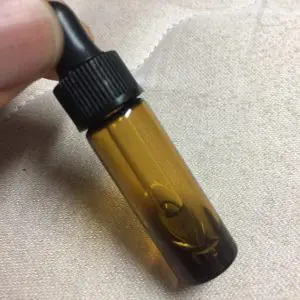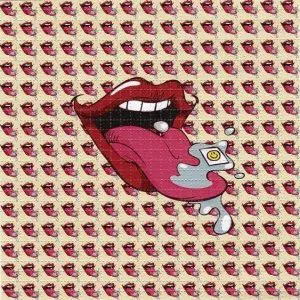LSD is one of the most potent, mood-changing chemicals. It is manufactured from lysergic acid, which is found in the ergot fungus that grows on rye and other grains.
It is produced in crystal form in illegal laboratories, mainly in the United States. These crystals are converted to a liquid for distribution. It is odorless, colorless, and has a slightly bitter taste.
Known as “acid” and by many other names, LSD is sold on the street in small tablets (“microdots”), capsules or gelatin squares (“window panes”). It is sometimes added to absorbent paper, which is then divided into small squares decorated with designs or cartoon characters (“loony toons”). Occasionally it is sold in liquid form. But no matter what form it comes in, LSD leads the user to the same place—a serious disconnection from reality.
LSD users call an LSD experience a “trip,” typically lasting twelve hours or so. When things go wrong, which often happens, it is called a “bad trip,” another name for a living hell.
Effects of LSD Use
LSD is a mind-altering drug. It is thought LSD causes it’s characteristic hallucinogenic effects via interaction with the serotonin receptors in the brain. Serotonin is a neurotransmitter that helps control your behavior and mood, governs your senses, and moderates your thoughts.
The physical effects of LSD are unpredictable from person-to-person. Usually, the first effects of the drug when taken by mouth are felt 30 to 45 minutes after taking it, peak at 2 to 4 hours, and may last 12 hours or longer. Use by the intravenous (IV) route will produce a much quicker action, usually within 10 minutes. Effects include:
- hallucinations
- distorted visual perception of shapes, colors
- altered sounds
- anxiety and depression
- flashbacks (a return of the “trip” experience) days or months later
- rapid heart rate, increased body temperature and high blood pressure
- dilated pupils
-
Quick View
- Sale!
- LSD
- LIQUID LSD
- $300.00
- 1ml vial
- Add to cart
-
Quick View
- Sale!
- LSD
- LSD- Acid Sheet
- $250.00 – $400.00
- Select options


